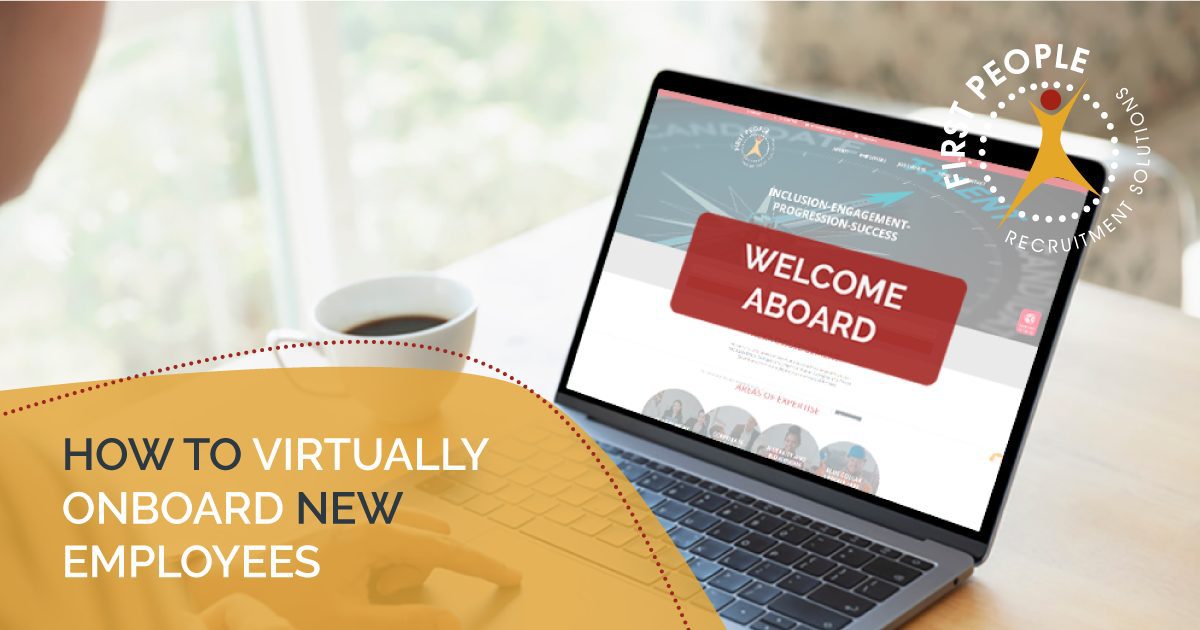
Emphasise on the Welcome
Tools and Equipment
Begin by finding out what equipment the employee already has available to them as they may need to work with this in the short term. If possible, order the things they will need such as a computer/laptop, monitor, keyboard, mouse, headset or phone to be delivered. Also, consider giving advanced access to software and applications they will require, including project management tools, video conferencing software (Zoom etc) and group messaging tools, along with instructions on how to install and troubleshoot them.
Overcommunicate and Include
Starting a new job is often nerve-wracking and adding the complexity of working remotely can make it even more challenging. To help alleviate this, consider including them in any weekly communications with the team or even in your team meetings, as well as sending them material to review in advance, as they are likely at home and will have more time on their hands to prepare. Then, a few days before their first day, put together a comprehensive email (or do a call) outlining what they should expect and any documents or additional information they will need.
The First Day
Purpose and Culture
Begin the first day with a video call covering the key aspects of the business, including a brief history of the company, it’s values, vision, mission, the organisational chart and any other information that the employee will need to know. The first day is also a good time to set goals and answer any questions they may have. Work with them to define both short- and long-term goals so that they know what to aim for as they develop.
The First Week and Beyond
Meet the Team
When an employee isn’t in the office, it can be hard for them to get to know the rest of the team, particularly if they are relying on email or messaging tools to communicate. Set up casual one-on-one/group video calls on with key people, including senior management, direct reports, colleagues in their department and, if necessary, other departments, to give them a chance to connect and start building these relationships. Just take care not to overwhelm them with too many new names and faces at once – it’s best if these introductions are spread out over the first few weeks.
One option is to hold team events or lunches over video to help build relationships in a casual setting – we’ve held virtual Friday night drinks that were a great success and ended up going on for a few hours!
Check-in Regularly
The nature of remote working means it can be easy to leave people to their own devices and assume that no news is good news. Consequently, you should aim to over-communicate and ensure the hire knows you are always available if they need support. It’s a good idea to check-in regularly to find out how the employee is settling in, discuss upcoming projects, progress and resolve potential issues, as well as allow them to voice any concerns. Rather than relying on email, phone calls or (even better) video calls are much more personal and allow you to more fully evaluate how they are feeling.
Summary
Onboarding is an essential stage of growing your team but hiring people who have to work remotely comes with a unique set of challenges (and opportunities) to be aware of. By following these remote onboarding best practices, you will be positioned to successfully onboard new people into your team and ensure you can get the best from them.



